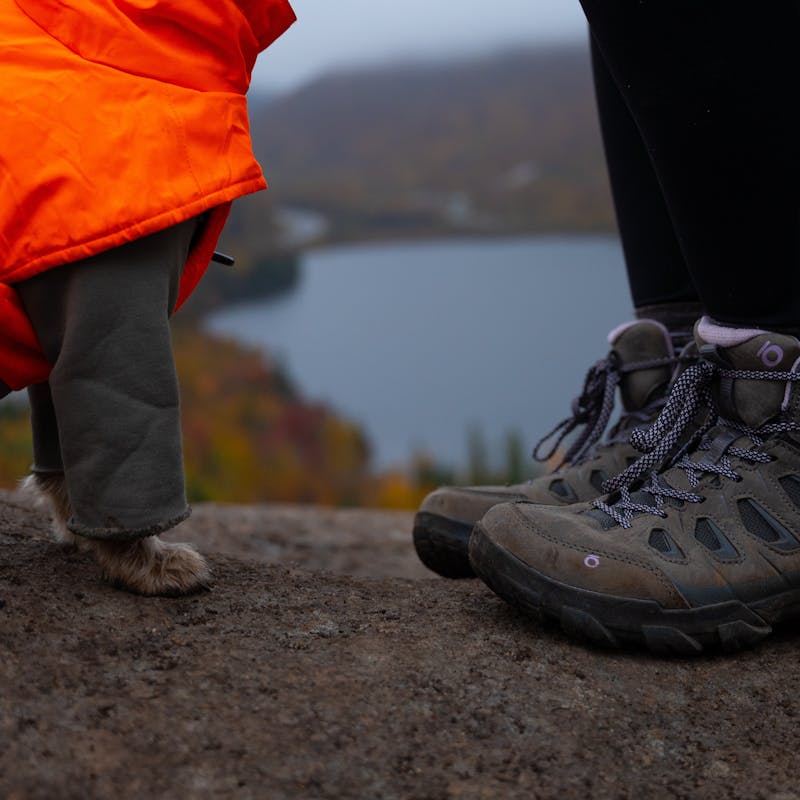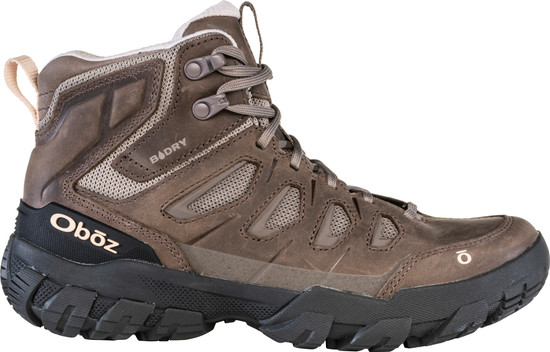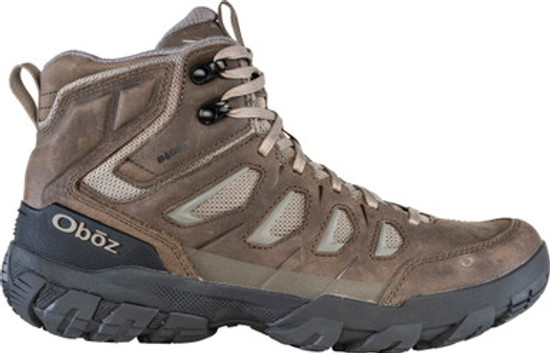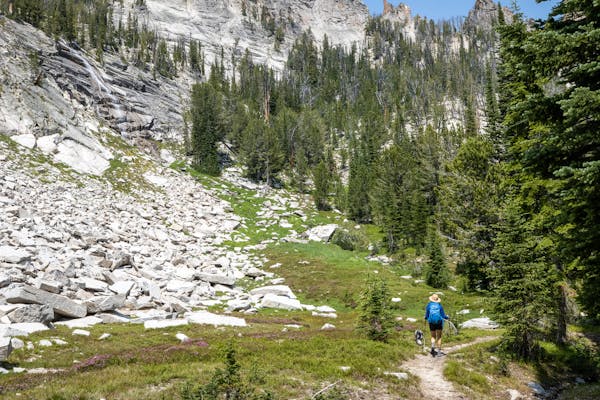Hiking appears to come easily to many summit seekers in the Northeast. I am not one of those people.
I’ve joined the trail conditioning Facebook groups, where I see my peers averaging 15-20+ mile days daily, summiting multiple peaks, doing so as if they were out for a walk in the park. Meanwhile, I find myself having to mentally prepare for the physical and emotional requirements needed to get to the top of a new summit. If this resonates with you, I hope you continue reading and partake in my journey to train for and summit my 7th Adirondack high peak.
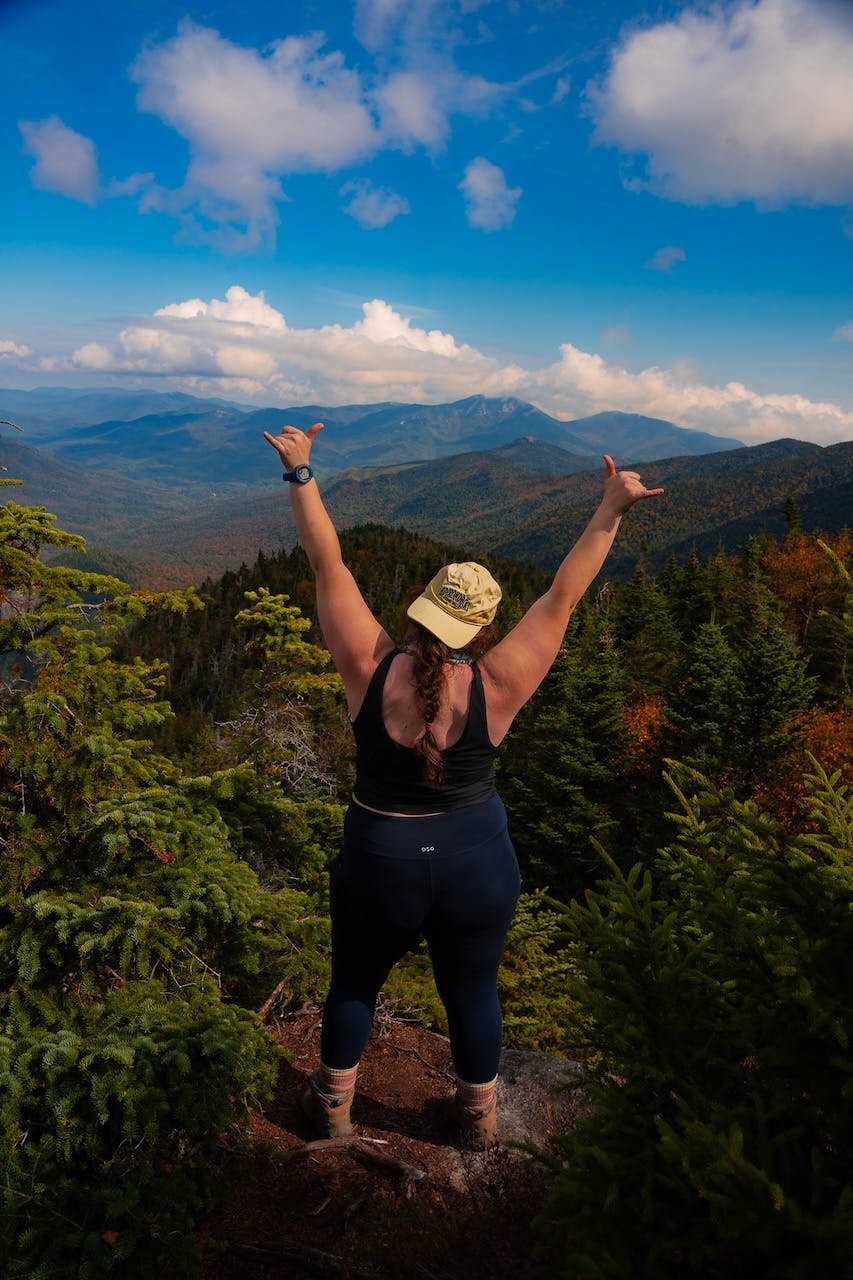
In September 2023 I completed a two-night backpacking trip of Mount Marcy, the highest peak in the Adirondacks. On this trip, I decided to pursue becoming a 46er. Mount Marcy was my 6th high peak, having previously completed Giant, Porter, Cascade, Whiteface, and Esther.
During my summit of Mount Marcy I realized the personal growth the high peaks can provide. This was a motivating factor in my decision to pursue the challenge. Up until this point, I had only done summits with shorter distances on day trips, but following this backpacking trip, I realized to join the elite group of individuals who’ve climbed all of these mountains, I’d need to dig a bit deeper into myself.
Spring of 2024 rolled around and snowboarding season was coming to a close. I knew I needed to begin training differently to prepare for summit hiking season. I started new training programs, practicing rucking days (carrying a weighted pack and progressing weight and distance each week), and began to incorporate more hiking-specific cardio into my daily routine. For someone living at the Jersey shore, it was a challenge to find ways to motivate myself daily to simulate the hiking experience in my local gym or town park. I can become bored with monotony, so I had to get creative to keep the momentum flowing. I found new local parks, added in different types of workouts, and even began pursuing physical therapy for a lingering foot pain I knew would hinder my progress.
As the summer droned on (my least favorite season), I continued to push myself to get out in the early mornings for rucking days. As someone who is very heat/humidity intolerant, I found myself having to retreat to the gym for the majority of June-August. Towards the end of June, I planned a birthday trip to the Adirondacks to assess how my training was going and what I may need to modify as the summer progressed. Unfortunately, the weather was bleak and rain and humidity engulfed the high peaks region, leaving options limited due to high temperatures. We managed to do Giant’s Nubble, which was a shorter round-trip hike totaling 2.8 miles with an elevation gain of 1,151 ft in 1.4 miles. As I huffed and puffed my way up this incline, I began to notice negative self-talk creep in. “Why was this still SO hard? I just finished an 8-week program, exercising 4-5x a week. It shouldn’t be this difficult.” It was a reality check for me, forcing me to reassess my current routine and what I would need to implement to succeed on these steep trails.

The realization from that trip was that I needed to work on inclines and my cardio/lower body muscular endurance. This catapulted me into analyzing other areas I could improve to increase my success. I identified the need for improved hydration, fueling (before, during, and after hikes), and looking deeper into my body mechanics and footwear. I listened to podcasts, crowd-sourced on local hiking pages, talked to my physical therapist, got a 3D foot scan at Fleet Feet, and got re-fitted for boots at REI. I learned that I was hiking in a boot a half size too small for my feet and that I needed to strengthen the muscles in my foot. I was taught to add toe liners and have a spare pair of socks. I learned how to pace myself better on inclines, leading to a consistent pace instead of a constant stop-and-go. I finally felt myself making progress, just in time for the fall hiking season to start.
September is when the hiking season kicks off for me.
The temperatures are cooler and I can tolerate longer days on the trail. I had several days planned in the high peaks region, concluding with a plan to hike my next high peak(s) with a good friend. I was nervous, but I felt more prepared than I had been the year prior when hiking Mount Marcy. I continued to repeat my preparation to myself as the days approached. Like I said, these hikes don’t come as easily to me. I overthink, I consider what could go wrong, I have found I have increased health anxiety (thank you for my 6 years of working in healthcare), and I have to mentally prepare myself for the challenge ahead. One significant piece of preparation for me was having honest and open communication with my hiking partner. This is one of the most important aspects of hiking for me, and I will not venture out onto longer/more difficult trails with someone I can’t trust. After we confirmed our plans A, B, and C with no hard feelings if we had to turn back, I was able to continue forward with more ease.

The morning of our adventure was a 4 a.m. wake-up call. We set out from the AMR at 5:30 am. This was my first time experiencing the AMR, I’d say it was beautiful if it wasn’t for the 4-mile road walk to the trailhead. The goal was Dial, Nippletop, and Indian Head, an approximately 15-mile day. The longest hike I’d done before this would be a day hike from Mount Jefferson to Mount Washington in the White Mountains and the day hike to Mount Marcy from Marcy Dam, both about 10 miles roundtrip. I didn’t know what my body would be capable of, but I was prepared to do my best and adjust our plans as needed.
The morning started off well, I made sure to have something to eat before we started, was fueling with tailwind endurance powder in my water, and would eat a small bite of something each mile. We reached Indian Head around 8:00 am, a little over 5 miles into our day. I knew the trail ahead was daunting, but I felt well enough to continue, so we did. As we continued toward the steepest part of the trail - Elk Pass - I felt the fatigue, and thus fear, begin to set in. “I’m not going to be able to do this,” I thought to myself, and my heart began to sink. I began to slow, the constant incline and increasing heart rate became frustrating. We reached the junction for Colvin/Elk Pass and stopped for a break. My hiking partner could see it in my face, but still, true to her word she asked without judgment, “what are you feeling?”. We discussed options, knowing the incline up Elk Pass would be the most difficult for me, and even if I could summit, I’d still have a significant hike left to complete the intended loop. I was defeated.
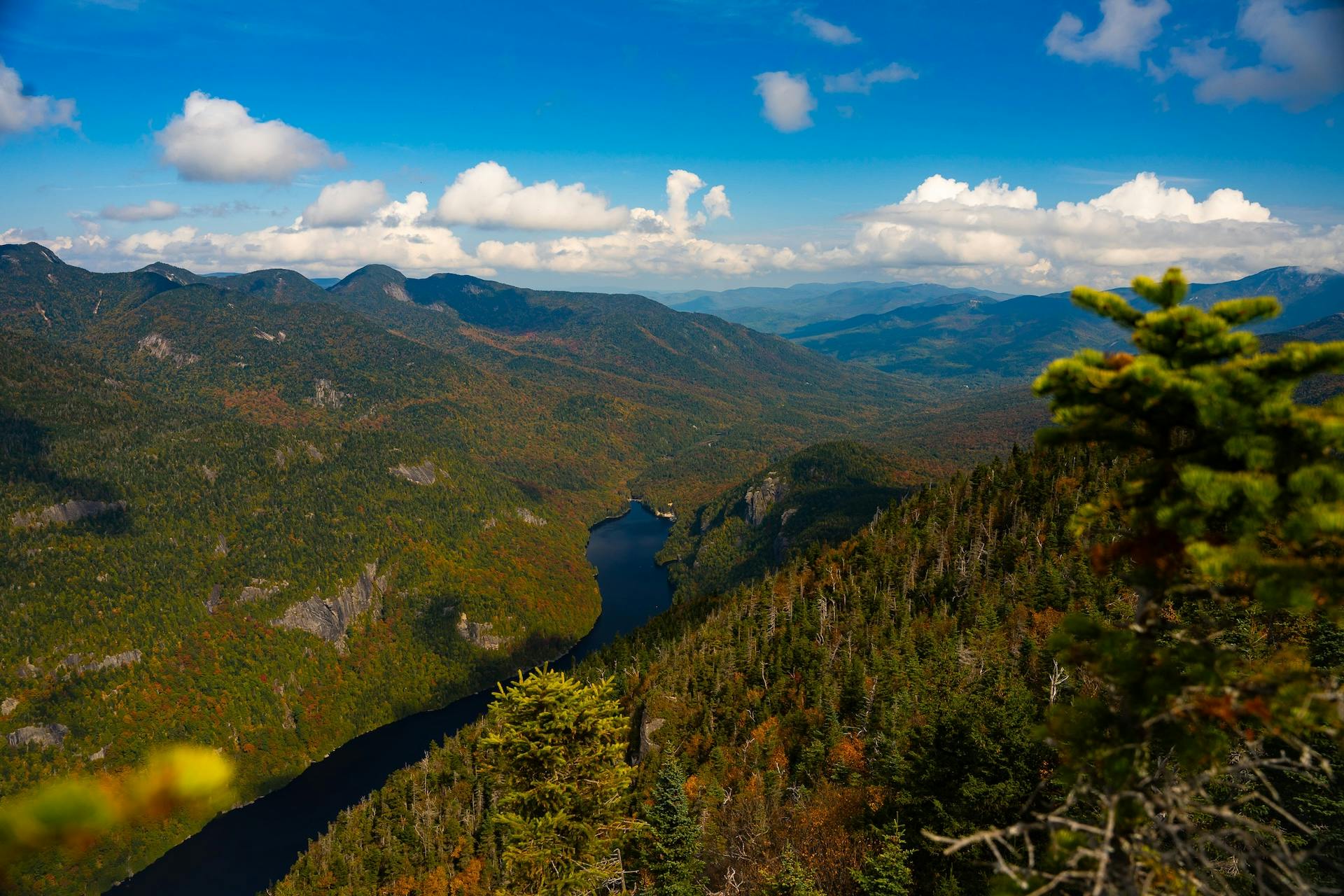
Here were our options: continue the 0.5 miles to Elk Lake and reassess again or take the junction and hike the 1 mile to summit Colvin and back out. At this point we were 7 miles into the hike, knowing adding Colvin would bring us to 8, with another 7-8 miles to hike back out. I resigned myself to hiking the summit of Mount Colvin. At that moment I was nearly brought to tears with frustration and disappointment with myself, “so many people do Dial, Nippletop, Colvin, and Blake TOGETHER, and I can’t even do this loop, this sucks.” It is never fun to realize how physically limited you are when surrounded by peers who seemingly float up these summits. The comparison game is hard to avoid, even with the most supportive hiking friends. Despite the moment of self-loathing, I gathered myself and we began the climb to Colvin. As we climbed up the slabs, I felt like I got my second wind. There was an endpoint in sight. That last mile felt good, and as we stepped onto that rocky overlook, taking in the vast views of Indian Head Moutain and the valley below that we had just walked through, the disappointment began to ease as I took in my seventh summit.
The hike out was long, but I began to shake off the frustrations and started identifying the improvements I had made since the year prior. I was taking better care of my feet before, during, and after the hikes. I had improved how I fuel my body. I overcame anxieties using journaling and communication with my hiking partner. I had just completed my longest day hike yet, at 14.6 miles round trip. There were reasons to celebrate despite the change of plans.
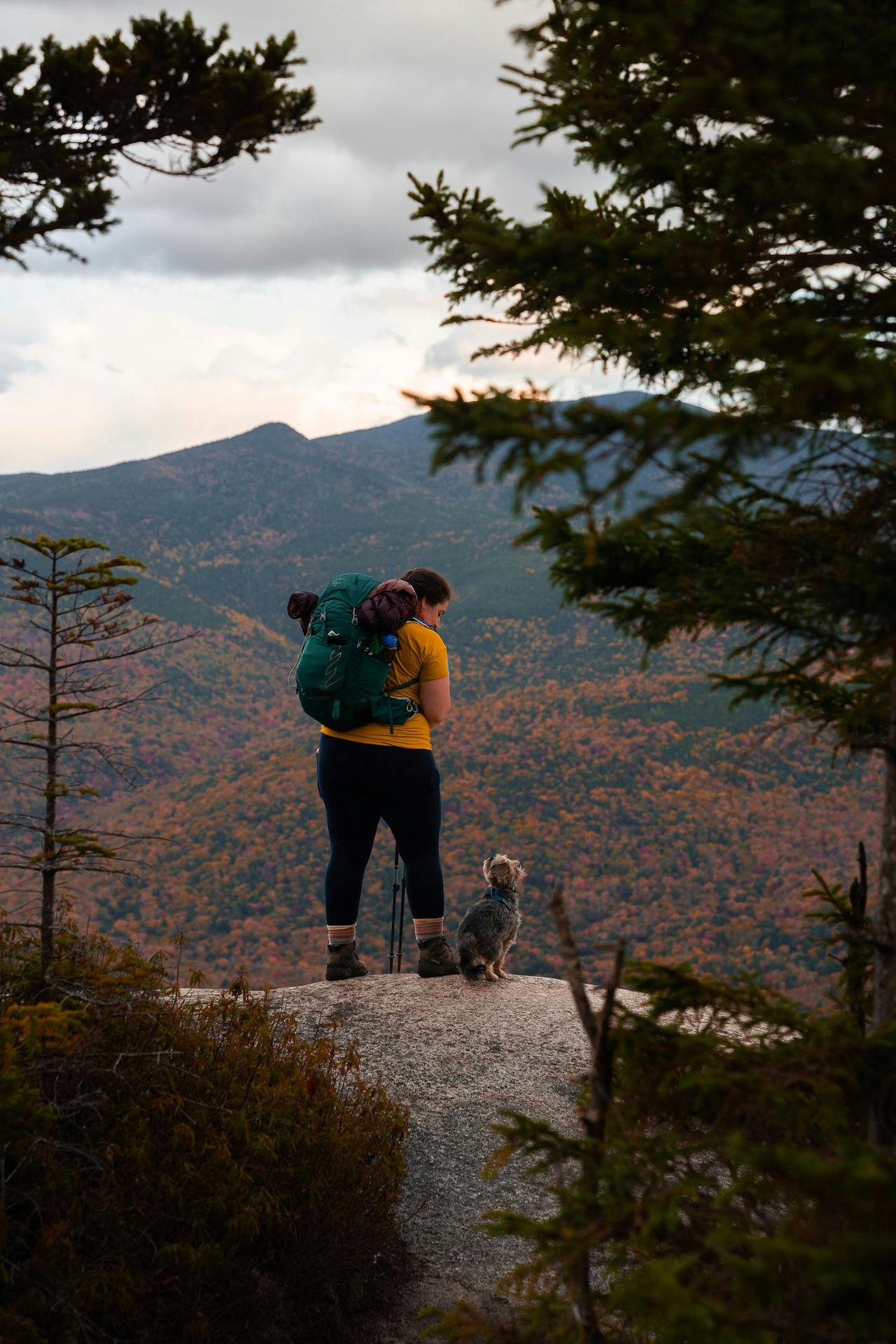
Riding the momentum from this experience, I set out on a fall road trip, donning a new set of Oboz Sawtooth X boots (in the correct size for my feet). I was able to add over 20 miles to them throughout Upstate New York and New Hampshire.
I continue to reflect on my progress and areas of improvement while also looking ahead to future goals I have in the mountains that make me sweat, bleed, laugh, and cry. I want those reading to know that these mountains don’t come easy for everyone, but they are for everyone, so don’t let your fear of failure hold you back.
Whether it takes you one day, one year, 10 years, or more...you, too, can reach the glory hidden atop those high peaks. Just take it one step at a time.

